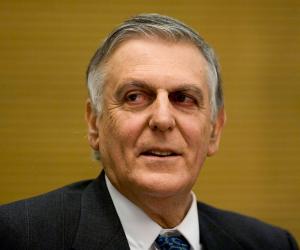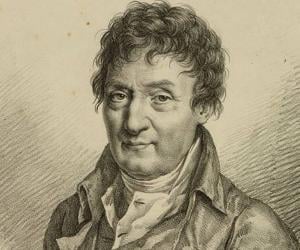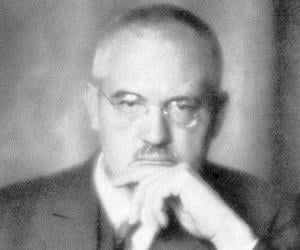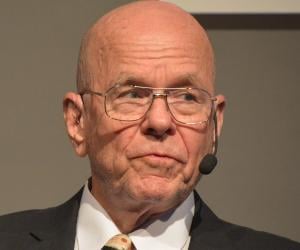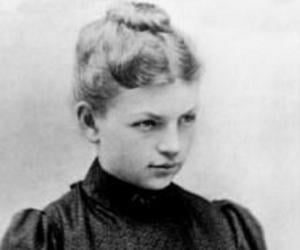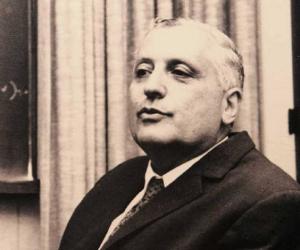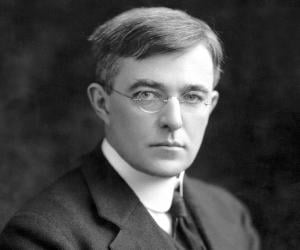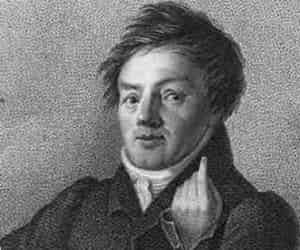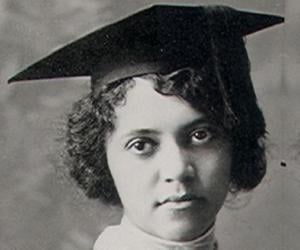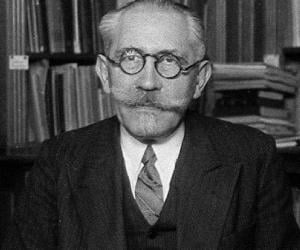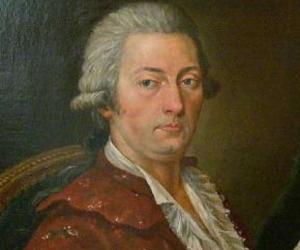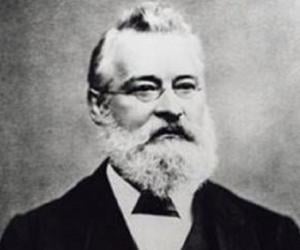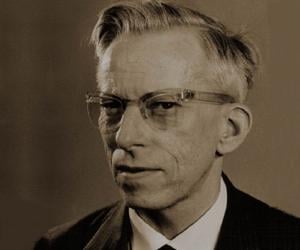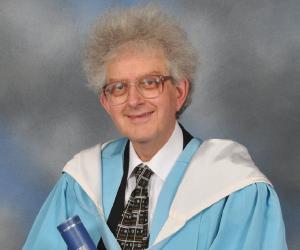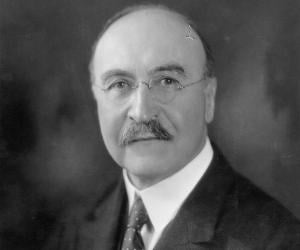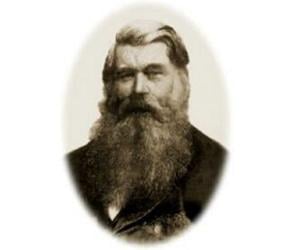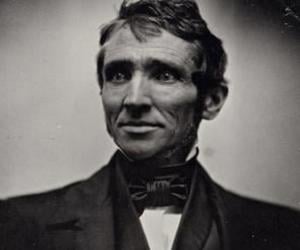Childhood & Early Life
Dan Shechtman was born on January 24, 1941 in Tel Aviv, Israel
Completing his preliminary education and formal training, he enrolled at the Technion – Israel Institute of Technology where he gained his BSc degree in Mechanical Engineering in 1966 and later followed it up with MSc in Material Engineering in 1968. In 1972, he finally attained his PhD in Materials Engineering.
Upon gaining his PhD, for three years, he served as a NRC fellow at the Aerospace Research Laboratories at Wright Patterson AFB, Ohio, studying the microstructure and physical metallurgy of titanium aluminides.
Career
In 1975, he went back to his alma mater and joined the Department of Materials Engineering at Technion.
For two years from 1981 to 1983, he took time out and enrolled at the John Hopkins University where he studied solidified aluminium transition metal alloys. It was while studying at the John Hopkins University that he first discovered the Icosahedral Phase which opened the new field of quasiperiodic crystals.
Taking yet another sabbatical from Technion, he moved to United States where he enrolled at the National Institute of Standards and Technology (NIST) for two years, between 1992 and 1994. It was while at the NIST that he studied the effect of the defect structure of CVD diamond on its growth and properties
He conducted an experiment through which he took a molten glob of aluminium and manganese and chilled it rapidly. Taking the general belief into consideration, the maximum that one could expect was atoms to be clubbed together in a random jumble. However, the findings were otherwise as the atoms were packed in a well-defined pattern. What’s more, the pattern was random and never repeated itself.
Interestingly, when he first discovered the materials in well-defined patterns, none actually believed him. In fact, two times Nobel laureate and idol of the American Chemical Society, Linus Pauling argued that the same was impossible. It was only after the publication of his paper that scientists began to confirm and accept empirical findings of the existence of quasicrystals.
His discovery led to a change in the definition of crystal as well. The definition which formerly described crystal as a ‘regularly ordered, repeating three-dimensional pattern’ was changed to ‘a solid with discrete diffraction diagram’ by International Union of Crystallography.
It was after quasicrystals were discovered by him that similar quasicrystals were discovered. Furthermore, they are also found naturally. Quasicrystals have low thermal and electrical conductivity but have high structural stability.
Interestingly, quasicrystalline materials could be used in a large number of applications, including the formation of durable steel used for fine instrumentation, and non-stick insulation for electrical wires and cooking equipment.
In 2004, he joined the Iowa State University as the Professor of Materials Science.
In 2014, he announced his candidacy for President of Israel. He was endorsed by ten Members of Knesset but at the time of elections was awarded with only one vote.
Currently, he is the Philip Tobias Professor of Materials Science at the Technion – Israel Institute of Technology, an Associate of the US Department of Energy’s Ames Laboratory, and Professor of Materials Science at Iowa State University.


